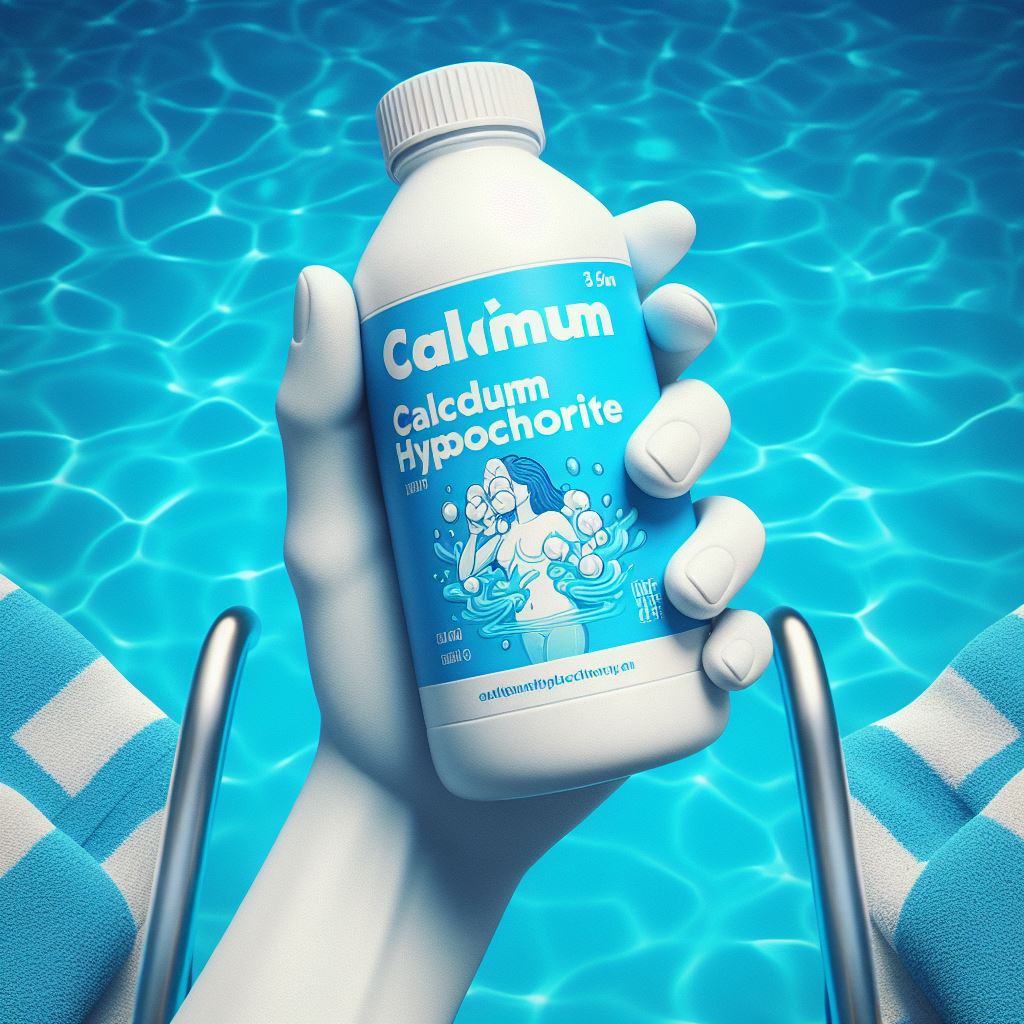In this article, we will explore the correct method of adding calcium hypochlorite, a commonly used swimming pool disinfectant, to maintain clean and safe water quality. Properly adding and using calcium hypochlorite not only affects water cleanliness and swimmer health but also prevents equipment damage and unnecessary maintenance costs due to improper handling. Here are detailed steps and considerations for the correct addition of calcium hypochlorite, aimed at helping pool managers maintain a good swimming environment.

1. Test Water Quality
The correct addition of calcium hypochlorite begins with accurate water quality testing. Using a water testing kit to check the pool water’s pH and chlorine levels is essential, as these will directly impact the effectiveness and required amount of calcium hypochlorite. If the pH is too high or too low, the disinfecting power of calcium hypochlorite can be compromised, so adjusting the pH to a range of 7.2 to 7.6 is crucial. Simultaneously, maintaining a chlorine level between 1 to 3 ppm ensures water safety without causing irritation to swimmers.
2. Calculate the Required Dosage
Based on the volume of pool water and the initial test results, calculate the required amount of calcium hypochlorite. The standard dosage is about 2 ounces of calcium hypochlorite per 10,000 gallons of water to increase the chlorine level by 1 ppm. Ensure calculations are done accurately, as both over and under-dosing can affect water quality and safety.
3. Appropriate Addition Time
Opt to add calcium hypochlorite during times of low pool usage, such as in the evening or at night. This allows the chemical sufficient time to disperse and disinfect without swimmers present, ensuring the water quality is optimal when reopening the next day.
4. Method of Addition
Evenly distribute calcium hypochlorite across different areas of the pool rather than pouring it all in one spot. This helps the chemical disperse more evenly in the water, avoiding high local concentrations that could irritate swimmers or damage the pool’s lining.
5. Stirring and Circulation
Start the pool’s circulation pump and filtration system to aid in the even distribution of the chemical throughout the pool. It is recommended to run the pump and filtration system for several hours after adding the chemical to ensure the calcium hypochlorite is fully dissolved and effective.
6. Re-test Water Quality
The day after adding calcium hypochlorite, test the water quality again to ensure all parameters are within the ideal range. If any deviations are found, make timely adjustments to maintain safe and comfortable water quality.
7. Regular Maintenance
Maintaining the chemical balance of the pool requires continuous effort and regular checks. Not only should water quality be tested regularly, but also inspect and clean the filtration system, and adjust chemical treatments as needed.
Conclusion
By following these detailed steps, pool managers can effectively use calcium hypochlorite to keep pool water clean and safe, providing a healthy and enjoyable environment for swimmers. Proper chemical addition and maintenance not only ensure water quality but also extend the lifespan of the pool and its associated equipment, reducing the frequency of repairs and replacements. Combining these practices significantly enhances the efficiency of pool operations and customer satisfaction.


